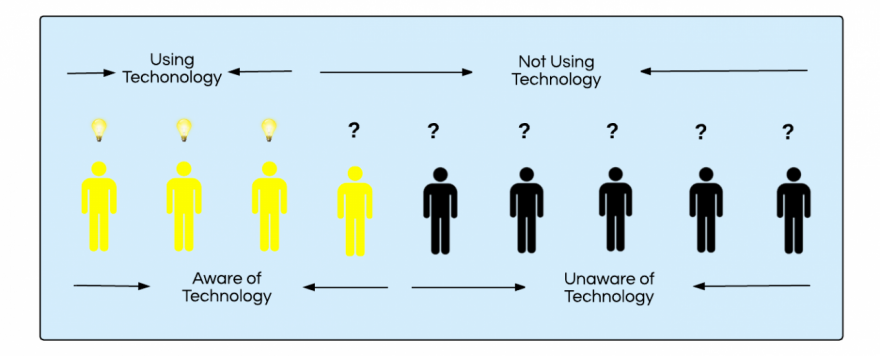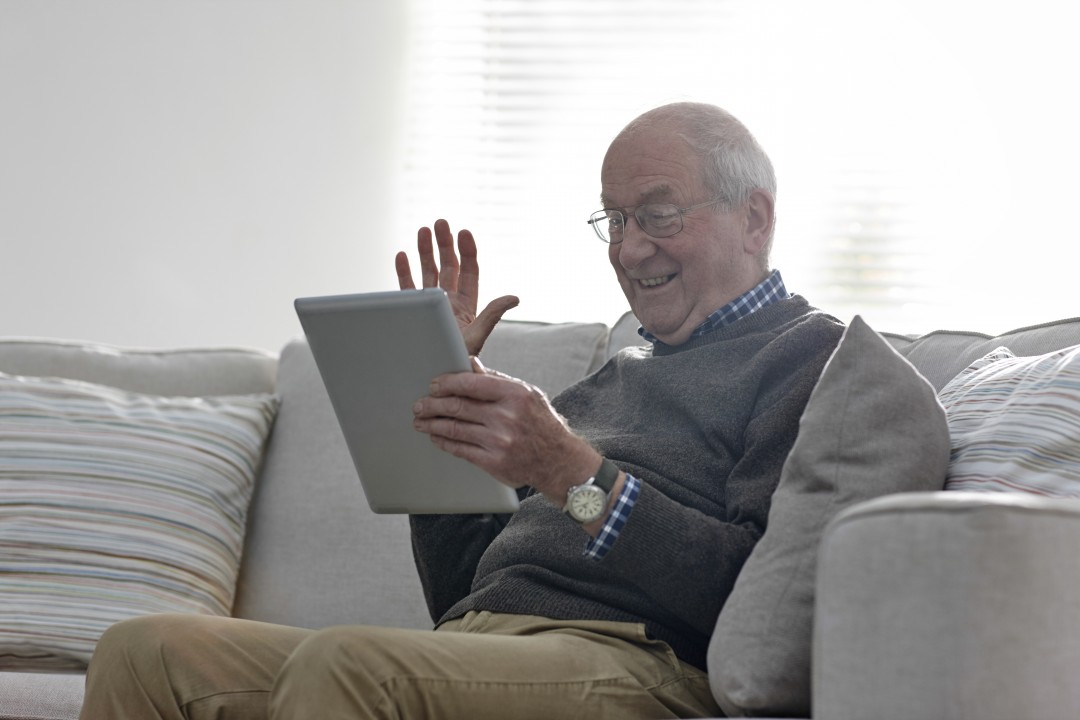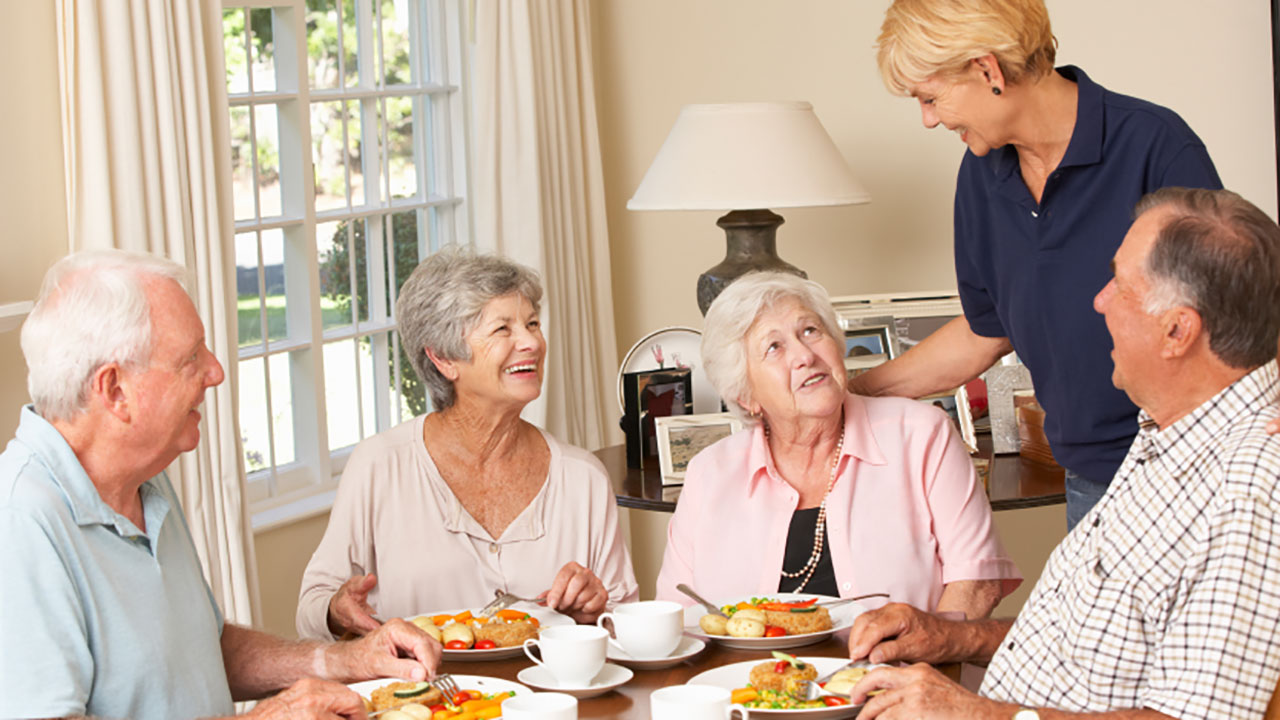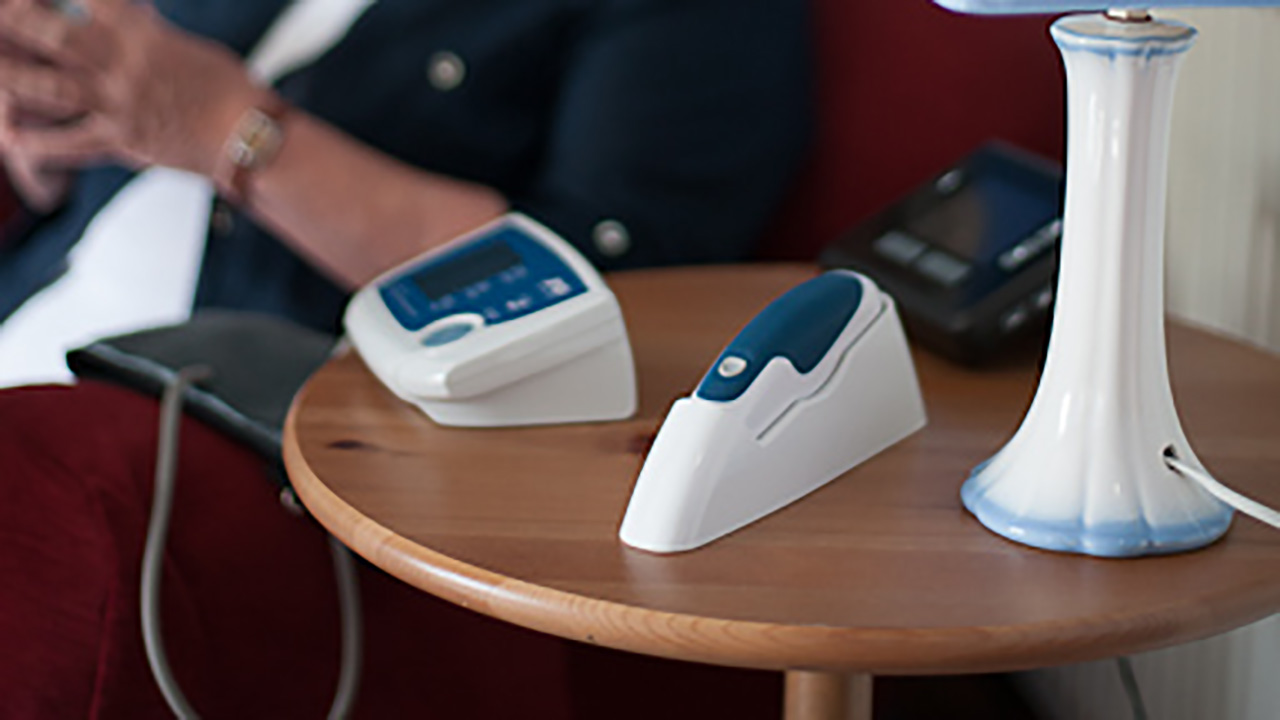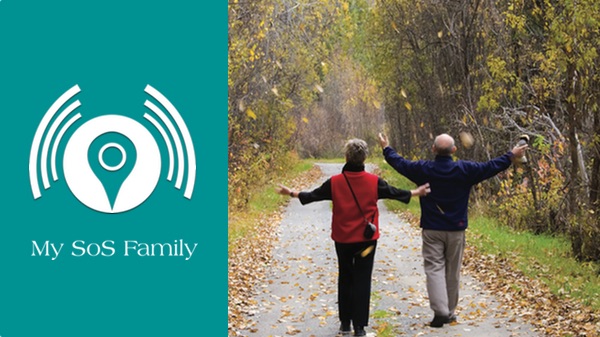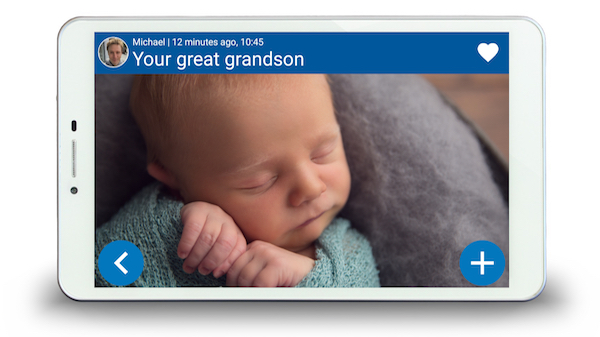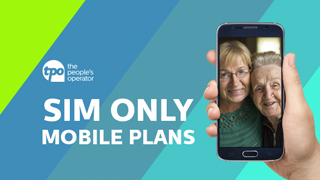How Technology can help carers
These days, we use technology in all aspects of our lives, from internet banking to online shopping. But has this technology revolution changed care, and if not, could it help carers. Why have we not yet embraced technology to support caring for our loved ones, like we have elsewhere?
The research carried out by Carers UK showed that an overwhelming majority (72%) of the carers who utilise technology said it gave them ‘greater peace of mind’. A 2011 Survey by State of Caring showed 46% of carers in the UK were not aware, or did not know, how to access technology solutions which could support their role as a carer.It seems that the key to unlocking the true potential of technology in care is to grow awareness amongst carers about how tech can address particular problems how to access it.
Here are 4 key areas technology where can innovate caring
1. Medication
65% of carers, in a 2014 survey by State of Caring, reported administering or managing medication for the person they look after, yet only a tiny fraction use technology to support this element of care. Modern pill dispensers, for instance, can be pre-loaded with a day or weeks’ worth of medication into the device and it will automatically dispense the right medication at the right time, whilst alerting you that the medication is ready take. These tools can aid a carer, or allow a carer to promote self-care for their loved one. They are available to buy online.However, medication dispensers can be an expensive option and can often be limiting in terms of their effectiveness, due to the need for proximity to said device. Alternatively, carers can utilise phone apps to set reminders for when any medication is due, which medication it is and what the dosage is. You can even record you have taken the drug and share that information with other people involved in care.
2. Health Monitoring at Home
Telehealth, a term encompassing all health services provided through technology, enables monitoring and communication of data via devices to track a person’s health. Many conditions which require home care also require individuals to be remotely monitored, with telehealth enabling the recorded information to be transmitted to clinical specialists, who can offer support, and intervention where necessary, based on real time information.
- Diabetes – Glucometer: If the person you care for experiences problems due to unstable diabetes, you may be eligible for an ‘at home glucometer’. This device can record blood glucose levels and share this information automatically with your clinical team. This means that you can create a well-informed care plan with appropriate interventions where necessary
- Heart Failure – Heart Rate and Blood Pressure Monitor: If your loved one has suffered from heart failure, you may be eligible for a heart rate and/or blood pressure monitor. This device can take heart rate and blood pressure measurements from your home and transmit them to your care team. This enables clinical staff to monitor the condition and react quickly to changes.
The NHS recognised in ‘Personalised Health and Care 2020’ that telehealth empowers self-care. However only 10% of technology used by carers is dedicated to monitoring health. CCGs (groups of GPs) across the country are at varying stages of implementing telehealth for their patients. If you think telehealth could benefit your loved one, to speak to their GP, who can advise you if your local area already provides telehealth.
3. Safety
Caring for someone often means you are responsible for not only their medical issues, but also for their general safety. Personal alarms are the most frequently used forms of technology for carers (74%).. They can take a number of different forms, but in essence, they allow a person to alert others when they are in need. The most common device is one worn either around the neck or the wrist and consists of a simple push button. Pushing this button then alerts someone that the individual is in need. There are various ways this can be done:
- Audible alarm: the most basic form of alarm is an audible alarm from the device itself. This means that someone in another room of the house can be alerted
- Direct alert to carer: the device can be linked to a received device. This means that the carer can also wear a linked device, so that wherever they are, they can be alerted
- Monitored device: this is a service which means that once the alert button is pressed, a central team is notified that a problem exists. They can then ensure that the appropriate action is taken, which could be contacting the carer, visiting the patient or alerting the emergency services
Bed/chair sensors
Bed or chair sensors are the second most commonly used type of device. They are used when you want to be alerted if your loved one gets out of their bed or chair or attempts to do so. These sensors are pads which you place either on a chair or under the sheet of a bed. When they sense that the person is attempting to stand, the carer is alerted by an audible alarm.
Alternatively, if you want to be alerted specifically when a person has left their bed, you can place pressure pads by the side of their bed. When someone leaves the bed and stands on the pressure pad, the carer can be alerted.
Property exit sensor
Where it is important that the person you care for does not leave the house unattended, or that someone is notified when they have left at an inappropriate time, or for an elongated period, , you can use a device which notifies you when they do so. This could be particularly useful for someone with dementia. They work by installing a sensor in the door, which monitors when the door is opened and closed and movement through them. This enables a carer to be alerted immediately and to take appropriate.
Fall sensor
If the person you care for is liable to fall, the worry that your loved one could be left alone after a fall unable to regain their feet is constant for many carers. A fall sensor is a device which is worn around the neck, on the wrist or carried in a pouch. It can detect when the wearer has fallen, by sensing sudden jolts, or by sensing that the wearer is not standing vertically. Once a fall has been detected, it produces an alert in the same way as a personal alarm to ensure that the appropriate care is provided as quickly as possible.
4. Isolation Relief
Many people who require care in the home experience isolation as the result of mobility or communication issues. These issues are not always limited to the person requiring care; being a carer is a challenging and time-consuming role which can lead to a lack of personal interaction with others outside of the care community. It is important that technology is available not only to patients but also to carers, to ensure that social isolation can be tackled through support networks online.
Information
The internet holds a wealth of information on virtually every topic you can imagine. The key question is where to start? The best thing to do is to look towards trusted brands and organisations as information is more likely to be accurate, such as myageingparent.
Online health services
2 in 5 carers have reported putting off treatment for themselves due to their caring responsibilities. The government has tasked all GPs with offering online services to their patients, with many already taking up the challenge. Online services available from GPs can enable carers to book appointments and order repeat prescriptions, which can make it easier to interact with your GP and to access services.
Connecting to other people
One of the key ways the internet can help with social isolation is by enabling us to communicate with others, whether this be friends and family, or other people with similar worries and concerns. When communicating with friends and family, there are lots of tools at your disposal. You can use mobile phone apps to send instant messages to friends for free, or you can have face to face conversations through your phone or computer using programmes such as Skype.
As a carer, your experiences can be unique in your circle of family and friends and it can be difficult to relate to or find someone with common group. The internet can be a great tool for engaging with people with similar experiences. There is a wealth of forums online covering almost every topic, whether it be a general carers forum, or a forum specific to the illness your loved one is experiencing.
If you believe any of these technologies could be useful to you, then you should:
- contact your or your older relative’s GP to discuss telehealth,
- contact your local council
- go online to find useful information, devices, contacts and apps
Evergreen Life is a health, wellbeing and fitness app, which brings information together in one place and allows the sharing of data between trusted family members, carers and healthcare professionals. Evergreen Life strives to support carers and improve their ability to act in the capacity of carer, by ensuring they can access critical information, ultimately benefiting their health and wellbeing, too. The Evergreen Life app is available on Apple and Android devices.


